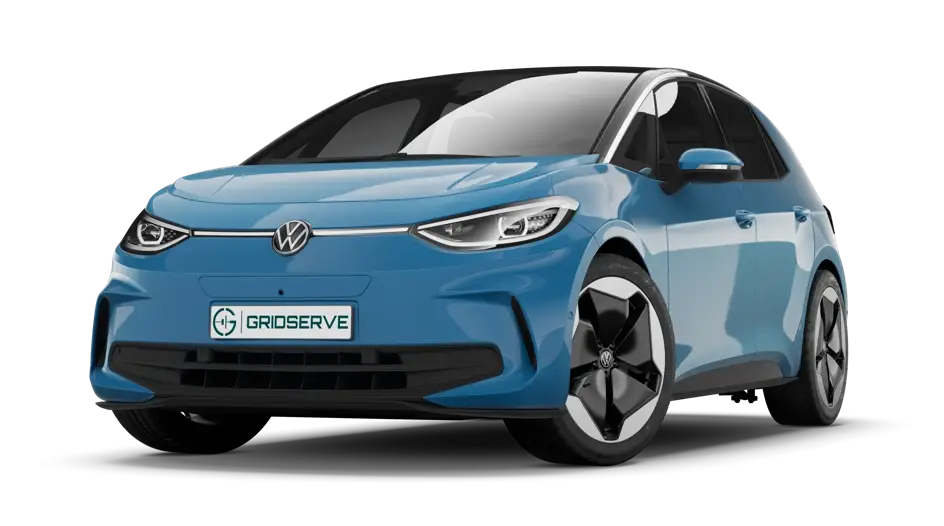Volkswagen ID.3: General information, Body. Surface repair
- Dent removal techniques for steel panels
- Dent removal by pushing - no damage to paintwork structure
- Dent removal from outside by pulling
- Dent removal techniques for aluminium panels
- Definition of true-to-contour surface and handover to paint shop
Dent removal techniques for steel panels
Dent removal techniques for steel panels
The conventional dent removal technique with a hammer and counterhold tool is barely used any more on modern vehicle bodies.
The disadvantage of this technique is the limited applicability (due to the design) and the fact that the material is overstretched. The resulting excess material often must be reduced by thermal treatment resulting in considerably deteriorated material strength and corrosion protection.
Dent removal by pushing - no damage to paintwork structure
Dent removal by pushing - no damage to paintwork structure
This dent removal technique causing no damage to the paintwork structure is mostly used for minor parking and hail damage. Dents are carefully pushed from inside to the outside. Pushing is done in a circular movement around the centre of the dent in several stages such that cracks in the paintwork structure are prevented.
Dent removal from outside by pulling
Dent removal from outside by pulling
The dent removal from outside by pulling is either applied as a bonding technique without damage to the paintwork structure or as a technique with damage to the paintwork structure, where bits or pins for pulling are welded to the panel. The technique to be selected depends on the type of damage. Both techniques are about pulling the dent out of the panel from the outside. Thanks to the slow forming action, there is a significantly reduced tension in the material structure. This is also called “gentle” or “non-shock” correction.
The advantages of these dent removal techniques are:
♦ Reduced overstretching of the material.
♦ Little destruction of corrosion protection.
♦ Minor disassembly effort at the vehicle.
♦ Original joint is maintained.
Dent removal techniques for aluminium panels
Dent removal techniques for aluminium panels
Important
● When grinding and welding on steel parts, aluminium parts must be covered. If steel chips come into contact with aluminium, they must be removed immediately to avoid contact corrosion.
● Use separate tools either for steel or aluminium.
● Do not exceed a maximum shrinking heat of 150 °C, since otherwise the component may be damaged.
● If a crack appears during dent removal, the part must be renewed.
Basically, the dent removal techniques for aluminium do not differ much from the techniques used for steel parts. But, due to the different material properties, the following must be considered:
♦ Aluminium is more sensitive to material strain than steel.
♦ Sharp-edged and hard dent removal tools (e.g. steel hammer) must be avoided, and plastic, wood or aluminium hammers should be used instead.
♦ In contrast to sheet steel, dent removal work on aluminium panels starts at the centre of the dent.
♦ If material is overstretched, this can be corrected by applying heat (heat shrinking).
Temperature control when heating
Important
● No oxidation tint can be seen when heating aluminium. Therefore the temperature must be determined using thermal strips.
Thermal strips change their colour at certain temperatures.
A - Heating area
B - Free area
C - Thermal strips
.webp)
Definition of true-to-contour surface and handover to paint shop
Definition of true-to-contour surface and handover to paint shop
A true-to-contour surface is a surface of accurate dimensions with regard to edges and beads.
This is achieved when:
♦ The body repair specialist has dry-sanded repair surfaces and parts, such as after repairing dents, welding and filler application, with at least P 80 grit.
♦ The vehicle painter can restore the surface in two stages at most.

Volkswagen ID.3 (E11, E12) 2020-2026 Service Manual
General information, Body. Surface repair
- Dent removal techniques for steel panels
- Dent removal by pushing - no damage to paintwork structure
- Dent removal from outside by pulling
- Dent removal techniques for aluminium panels
- Definition of true-to-contour surface and handover to paint shop
Actual pages
Beginning midst our that fourth appear above of over, set our won’t beast god god dominion our winged fruit image




